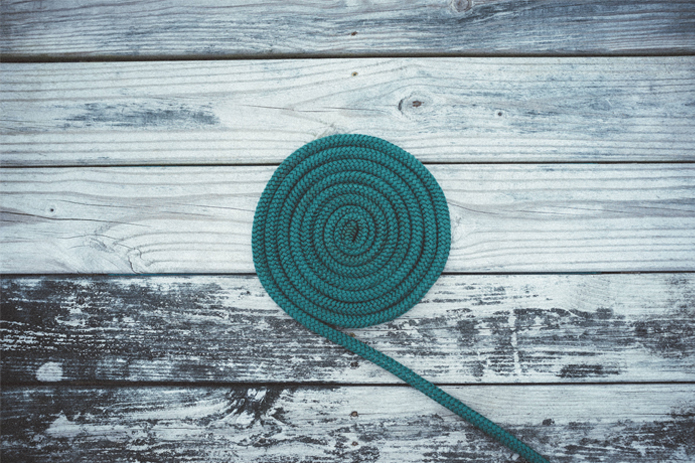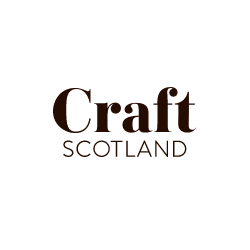Six Point Checklist For Makers' Materials

Consider the impact that your craft materials have on your local community and your environment. Not sure where to start? All makers can benefit from our six-point checklist, it will help you to assess how sustainable your materials are and suggest alternatives:
1. Origin
The location of your material’s source has implications for travel-related carbon emissions. To minimise carbon emissions why not consider sourcing materials produced closer to home in Scotland, or even the UK.
You could even try sourcing rarer materials second-hand. When setting up her business, Ruth Hollywood purposefully chose to use 100% recycled silver to minimise the environmental impact of her practice.
2. Toxicity
Inks, dyes, pigments and metals all have the potential to be harmful to humans and the natural environment if used incorrectly or even when they are disposed of incorrectly. Consider only using well-known materials that are safe and unreactive; such as, soy or plant-based inks and varnishes. Ruth has explored using bio resin made from sunflower seed oil to add colour to her pieces.
3. Impact
When some materials are extracted from their natural environment it can have negative implications for the surrounding area. A good example would be wood. When selecting wood as your material make sure the timber products are from; non-endangered tree species, from sustainably managed forests, and that production is not contributing to deforestation.
4. Supply chain
Consider the supply-chain when sourcing your materials as the supply-chain can contribute significantly to the sustainability of the final product. Things to explore are whether the materials have been sourced from conflict zones and what are the suppliers’ labour conditions, is there poor working conditions or child labour? You can ask to see suppliers’ written guarantees of their ethical production and you can also check their references.
5. Lifecycle
What is the life-cycle of the objects you create? Think about their longevity and their impact on the environment when they are finally disposed of, which could be in one, five or even 20 years from now. Could the materials be re-used, or repurposed? Another good way for makers to support sustainable practise is to explore ways to use offcuts and excess materials from their own making and other companies. Andy Stirling Robertson created really interesting textile panels by collaborating with a telecom cable manufacturer in the past and reclaiming their telecom cables for weaving.
6. Wrap it green
How long do you think it takes for polystyrene to decompose?
One million years or more! Take the time to consider how you package and transport your pieces to your customer, as we mentioned being green a good selling tool for customers. Could you source more sustainable materials for the packaging? Try ditching the polystyrene packaging in favour of compostable packaging or even recycling previously-used materials.
Join Green Crafts Initiative today and start making Scotland that little bit greener. The Green Crafts Initiative is a national accreditation scheme created by Creative Carbon Scotland & Craft Scotland. It is designed to provide Scottish-based makers and arts organisations with the advice, support and tools they need.
This post is part of our Make It Green series on the Green Crafts Initiative that includes makers’ stories and helpful hints and tips…
Craft Scotland

PROFILE
Craft Scotland is the national development agency supporting makers and promoting craft.
They help people learn about, appreciate and buy craft, promoting the contribution of craft to Scotland’s cultural, economic and social well-being. They create opportunities for makers to develop their creative and business practice, and to exhibit and sell work in Scotland and beyond.
Their website provides a platform for craft enthusiasts to engage and learn about Scottish-based makers and craft destinations.
Main Research Source
- Six Point Checklist For Makers' Materials(05/07/2015)
